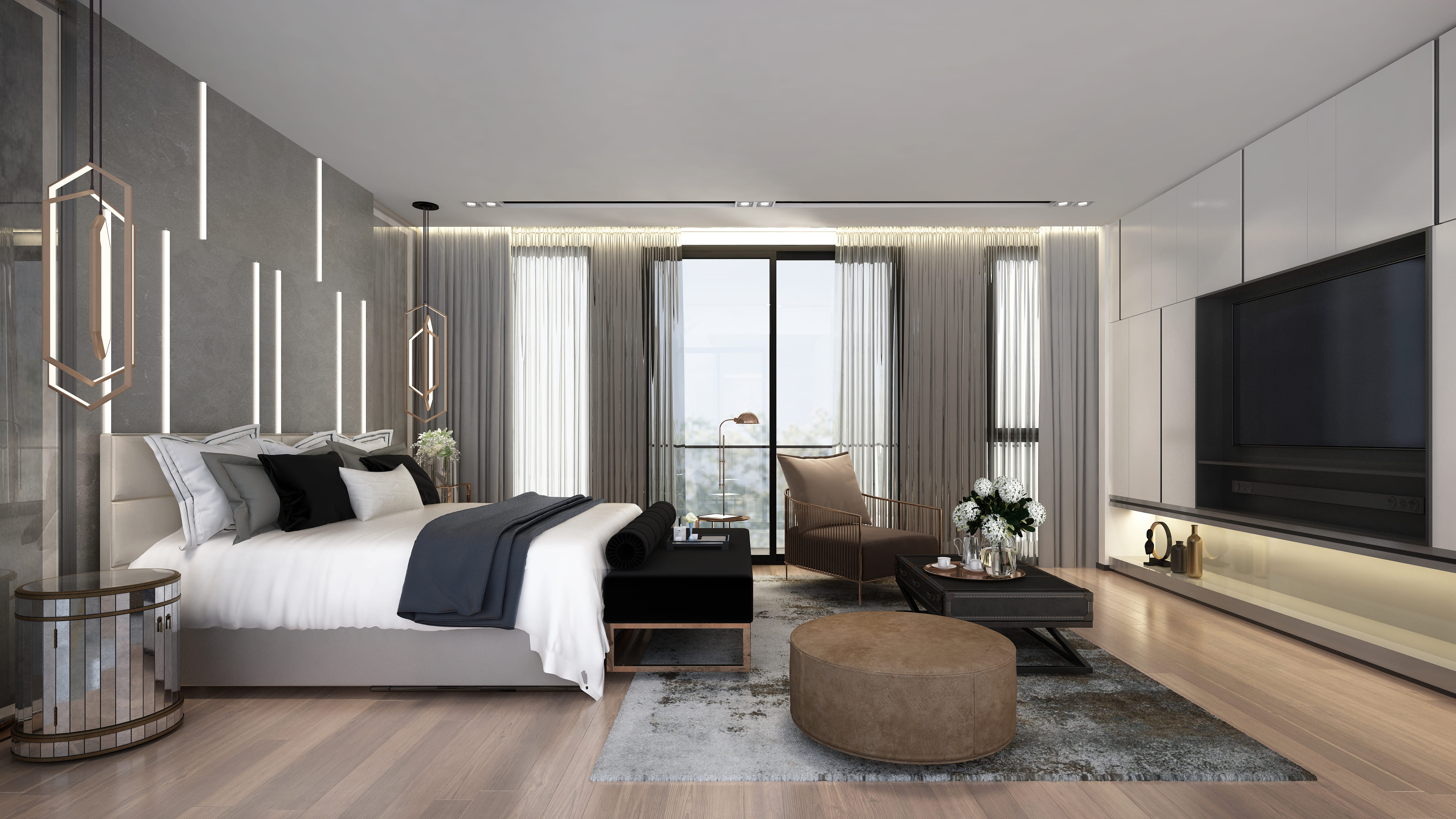Interior design is more than just arranging furniture and choosing paint colors; it’s about creating a functional and beautiful living space that reflects your personality and style. In this article, we’ll explore the world of interior design, from its fundamental principles to the latest trends and how to make the most of your home’s potential.
The Essence of Interior Design
Defining Interior Design
Interior design is the art and science of enhancing the interior of a space to create a more aesthetically pleasing and functional environment. It encompasses various elements, including furniture, color schemes, lighting, textures, and layout. The primary goal is to improve the overall quality of life within that space.
The Role of Interior Designers
Professional interior designers are experts in understanding and executing these principles effectively. They bring their creative vision and technical knowledge to create spaces that are not only visually appealing but also practical and comfortable.
Key Principles of Interior Design
Successful interior design relies on several fundamental principles:
1. Balance
Achieving balance in a space involves distributing visual weight evenly. This can be achieved through symmetrical, asymmetrical, or radial balance, depending on the design objectives.
2. Harmony
Harmony in interior design results from the careful coordination of all design elements to create a cohesive and pleasing whole. This can include color harmony, texture harmony, and more.
3. Contrast
Creating contrast through elements like color, texture, and shape adds interest and depth to a space. A well-placed contrast can draw attention and create focal points.
4. Rhythm
Rhythm in interior design guides the eye through a space using repetition and progression. It can create a sense of movement and continuity.
5. Emphasis
Emphasis focuses on creating a point of interest within a room. This can be achieved through bold colors, unique furniture pieces, or striking artwork.
Interior Design Styles
Interior design is a dynamic field with various styles that cater to different tastes and preferences. Some popular styles include:
1. Contemporary
Clean lines, minimalism, and neutral colors define contemporary design. It emphasizes function and open spaces.
2. Traditional
Traditional design draws inspiration from classic European styles, featuring rich wood finishes, ornate details, and a warm, welcoming ambiance.
3. Modern
Modern design is characterized by simplicity, a focus on function, and the use of clean lines and materials like glass and metal.
4. Industrial
Industrial design incorporates elements of old factories and warehouses, featuring exposed brick, metal, and utilitarian furniture.
5. Bohemian
Bohemian design embraces a free-spirited, eclectic approach, combining vibrant colors, patterns, and unconventional furniture.


